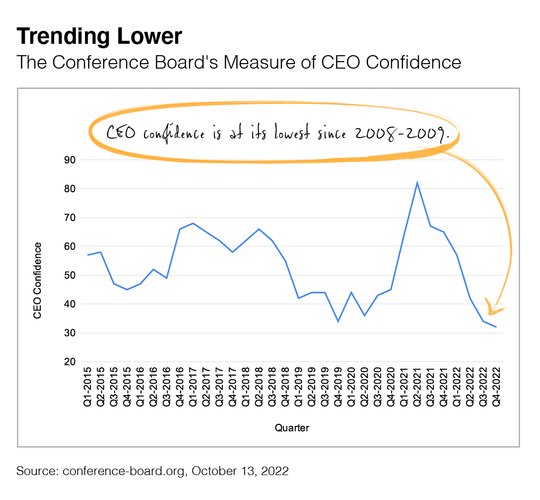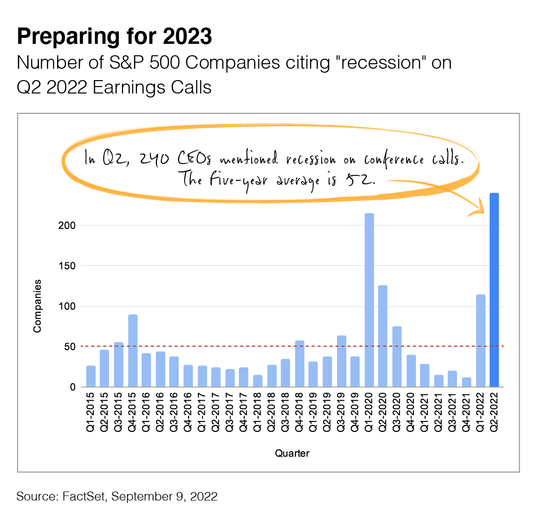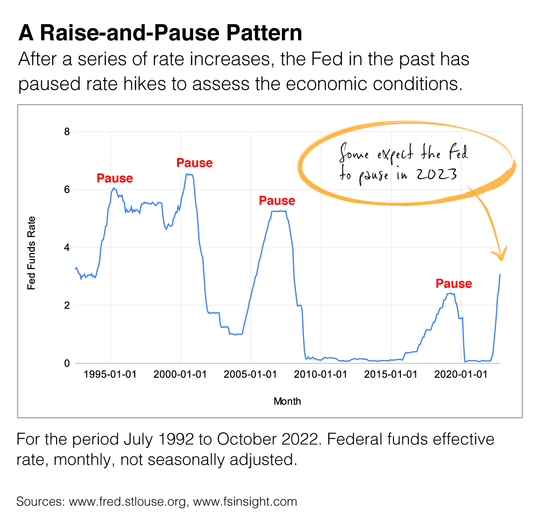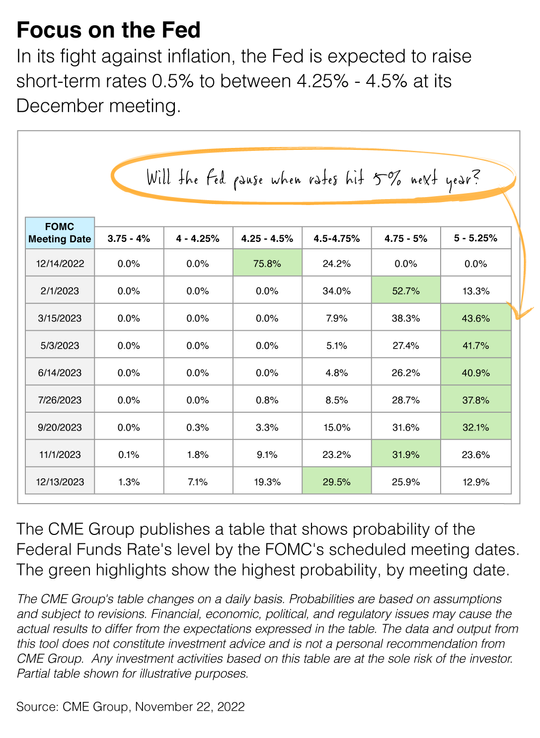
Tax Efficiency in Retirement
Will you pay higher taxes in retirement? It’s possible. But that will largely depend on how you generate income. Will it be from working? Will it be from retirement plans? And if it does come from retirement plans, it’s important to understand which types of plans will be financing your retirement.
Another factor to consider is the role Social Security will play in your retirement. When do you plan to start to take Social Security benefits? If you have a spouse, when do they plan on taking benefits? It’s critical to answer key Social Security benefits questions so you have a better understanding of how it will affect your taxable income.
What’s a pre-tax investment? Traditional IRAs and 401(k)s are examples of pre-tax investments that are designed to help you save for retirement.
You won’t pay any taxes on the contributions you make to these accounts until you start to take distributions. Pre-tax investments are also called tax-deferred investments, as the money you accumulate in these accounts can benefit from tax-deferred growth.
For individuals covered by a retirement plan at work, the tax deduction for a traditional IRA in 2021 is phased out for incomes between $105,000 and $125,000 for married couples filing jointly, and between $66,000 and $76,000 for single filers.1
Keep in mind that once you reach age 72, you must begin taking required minimum distributions from a traditional IRA, 401(k), and other defined contribution plans in most circumstances. Withdrawals are taxed as ordinary income and, if taken before age 59½, may be subject to a 10% federal income tax penalty.
What’s an after-tax investment? A Roth IRA is the most well known. When you put money into a Roth IRA, the contribution is made with after-tax dollars. Like a traditional IRA, contributions to a Roth IRA are limited based on income. For 2021, contributions to a Roth IRA are phased out between $198,000 and $208,000 for married couples filing jointly and between $125,000 and $140,000 for single filers.2
To qualify for the tax-free and penalty-free withdrawal of earnings, Roth IRA distributions must meet a five-year holding requirement and occur after age 59½. Tax-free and penalty-free withdrawal can also be taken under certain other circumstances, such as the owner’s death. The original Roth IRA owner is not required to take minimum annual withdrawals.
Remember, this article is for informational purposes only and is not a replacement for real-life advice, so make sure to consult your tax, legal, or financial professionals before modifying your retirement strategy
Are you striving for greater tax efficiency? In retirement, it is especially important – and worth a discussion. A few financial adjustments may help you manage your tax liabilities.
1. IRS.gov, November 16, 2020
2. IRS.gov, June 26, 2021
The content is developed from sources believed to be providing accurate information. The information in this material is not intended as tax or legal advice. It may not be used for the purpose of avoiding any federal tax penalties. Please consult legal or tax professionals for specific information regarding your individual situation. This material was developed and produced by FMG Suite to provide information on a topic that may be of interest. FMG Suite is not affiliated with the named broker-dealer, state- or SEC-registered investment advisory firm. The opinions expressed and material provided are for general information, and should not be considered a solicitation for the purchase or sale of any security. Copyright 2022 FMG Suite.
 Dr. Jason Van Duyn
Dr. Jason Van Duyn
586-731-6020
AQuest Wealth Strategies
President
![]() Dr. Jason Van Duyn CFP®, ChFC, CLU, MBA is a Registered Representative with and Securities and Advisory Services offered through LPL Financial, a Registered Investment Advisor. Member FINRA & SIPC. The LPL Financial registered representative associated with this site may only discuss and/or transact securities business with residents of the following states: IN, IL, TX, MI, NC, AZ, VA, FL, OH and CO.
Dr. Jason Van Duyn CFP®, ChFC, CLU, MBA is a Registered Representative with and Securities and Advisory Services offered through LPL Financial, a Registered Investment Advisor. Member FINRA & SIPC. The LPL Financial registered representative associated with this site may only discuss and/or transact securities business with residents of the following states: IN, IL, TX, MI, NC, AZ, VA, FL, OH and CO.

























